This Shark Can Live For Over 400 Years And Some Are Still Swimming Today
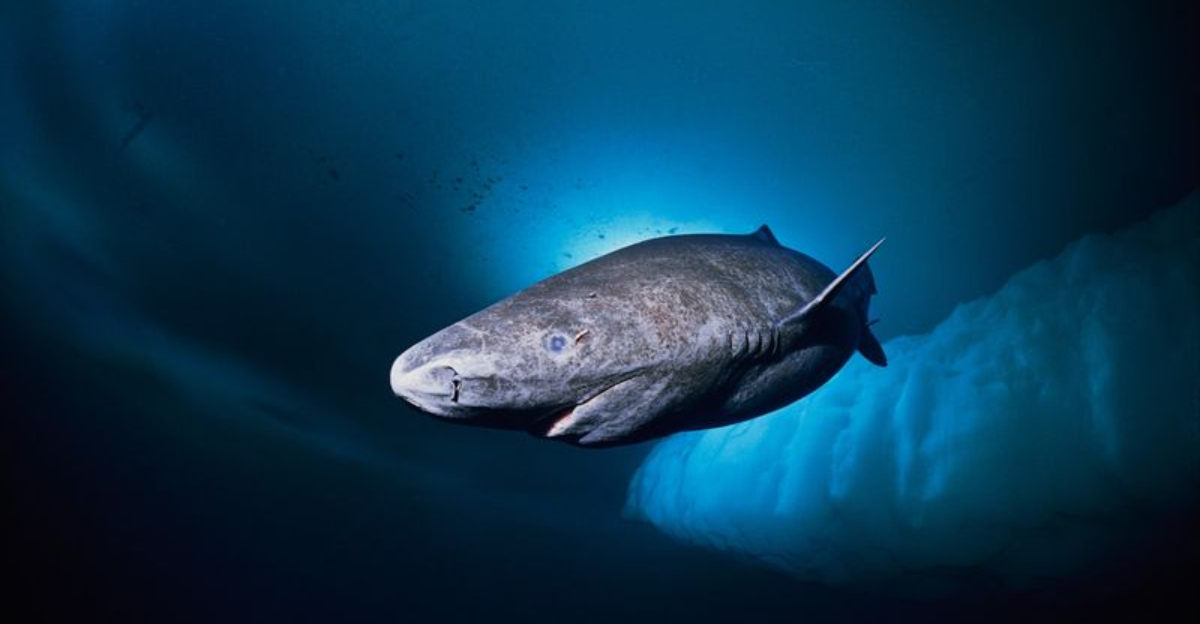
Imagine swimming in the icy Arctic waters and meeting a creature that might have been alive when Shakespeare was writing his plays! The mysterious Greenland shark holds the title for the longest-living vertebrate on Earth.
These ancient ocean dwellers have fascinating adaptations that allow them to survive for centuries in some of the planet’s most extreme environments.
1. Greenland Shark Is The Longest Living Vertebrate
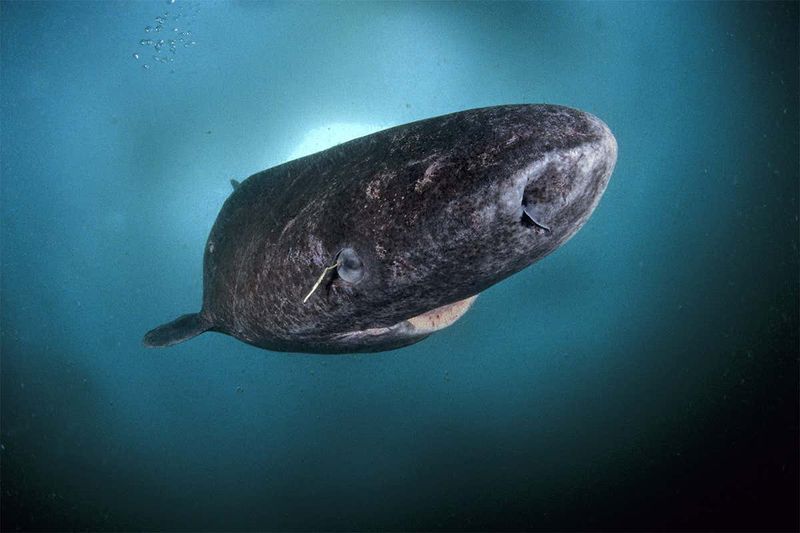
Move over tortoises and whales! Nothing with a backbone lives longer than these cold-water giants. Scientists confirmed their extreme longevity by radiocarbon dating their eye lenses.
The unique crystalline proteins in their eyes don’t change after formation, creating a time capsule that reveals their true age.
2. Some Individuals Are Over 400 Years Old
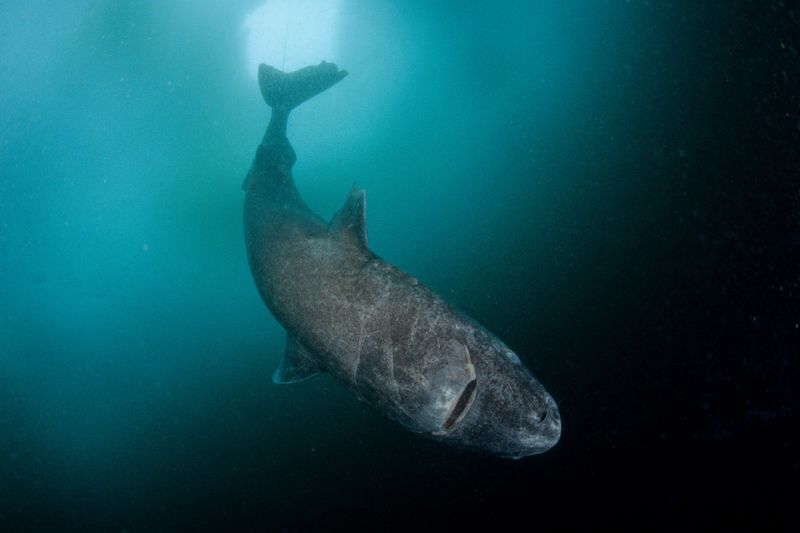
Researchers found a female Greenland shark estimated to be about 400 years old! Born around 1620, she swam through the waters while the Pilgrims were landing at Plymouth Rock.
For perspective, this shark lived through the American Revolution, both World Wars, and the entire digital revolution.
3. Still Alive And Swimming In Arctic Waters
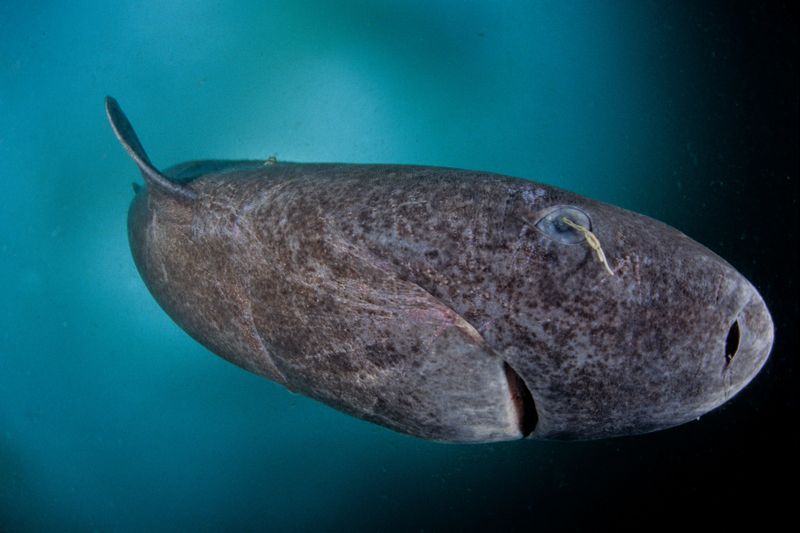
While many prehistoric creatures vanished long ago, these living fossils continue patrolling the North Atlantic and Arctic Oceans today. Their preferred habitat spans from eastern Canada to Russia’s northern waters.
Against all odds, they’ve adapted to survive in water temperatures hovering just above freezing.
4. Grows Only One Centimeter Per Year
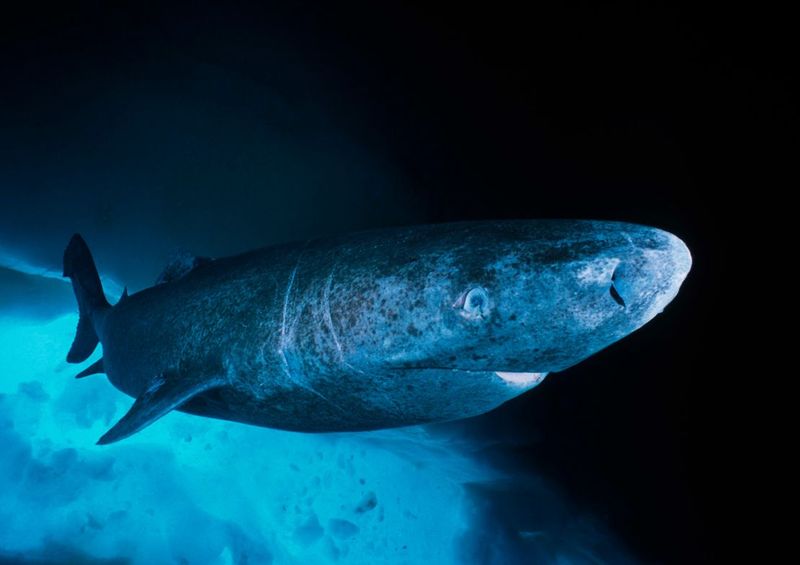
Talk about the slow lane! At just one centimeter of growth annually, patience defines these sharks’ existence. This glacial growth rate contributes to their incredible lifespan.
A 5-meter shark might be several centuries old. Their metabolic processes happen in slow motion compared to other shark species.
5. Reaches Maturity Around Age 150
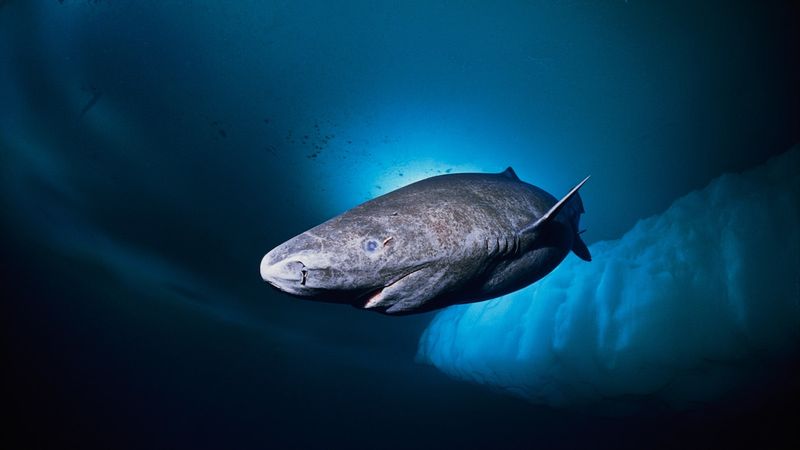
Teenagers have nothing to complain about! Greenland sharks don’t reach full reproductive maturity until they’re approximately 150 years old.
Imagine waiting a century and a half before you can reproduce! This extremely delayed maturity creates challenges for conservation efforts, as populations recover incredibly slowly after depletion.
6. Lives In Deep Cold Waters Beneath The Ice
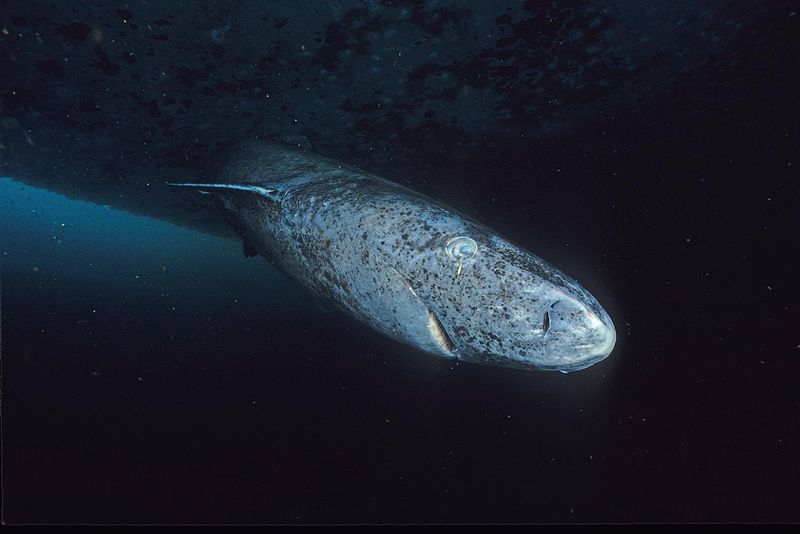
Forget sunny tropical reefs! These sharks prefer the pitch-black depths of Arctic and sub-Arctic waters. Their bodies contain natural antifreeze compounds that prevent their blood from crystallizing.
Perfectly adapted to extreme pressure and cold, they thrive where few other large predators dare venture.
7. Has Extremely Slow Metabolism And Movement
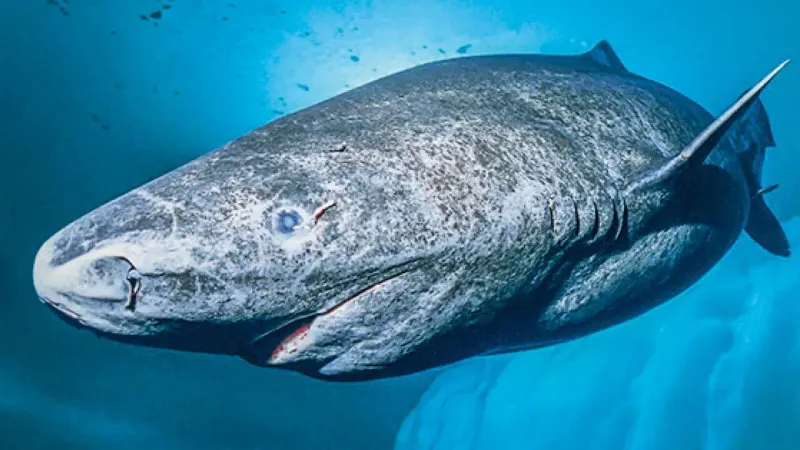
Rushing isn’t in their vocabulary! With the slowest swimming speed of any shark (less than 1 mph), they’re the marathon runners of the ocean world. Their heartbeat might be just a few times per minute.
This ultra-slow metabolism explains how they survive in food-scarce environments and contributes to their longevity.
8. Often Found At Depths Below 2,000 Feet
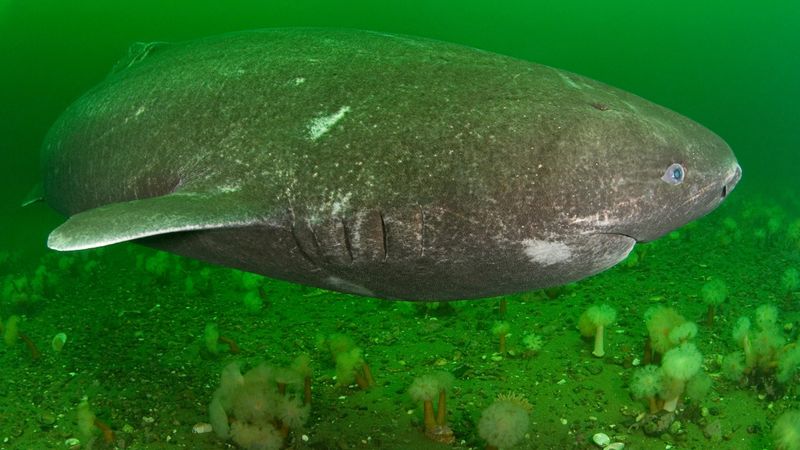
Pressure that would crush submarines doesn’t phase these deep-sea wanderers! Comfortable at depths exceeding 2,000 feet, they occasionally venture into shallower waters during polar winters.
Their remarkable pressure adaptation allows them to hunt throughout the water column, giving them access to diverse food sources.
9. Shows Little Sign Of Aging Despite Age
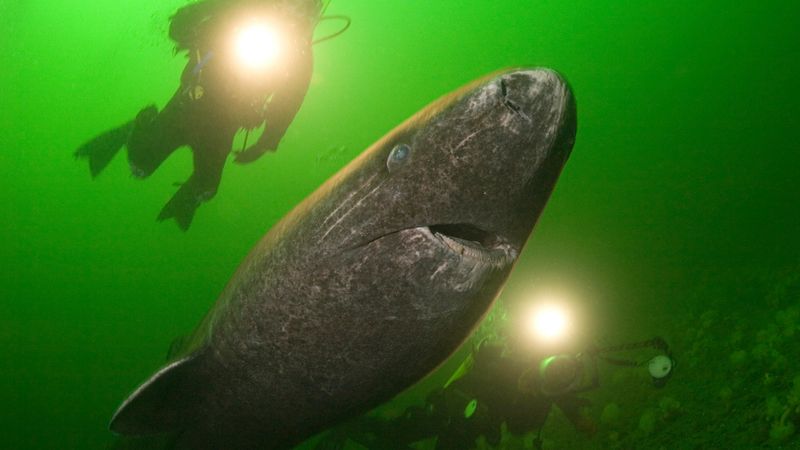
Unlike humans with our wrinkles and gray hair, these sharks don’t display obvious external signs of aging. Scientists study their incredible resistance to cancer and age-related diseases for potential medical applications.
Their cells appear to have extraordinary DNA repair mechanisms that prevent the typical deterioration seen in other animals.
10. Survived Centuries Of Changing Ocean Conditions
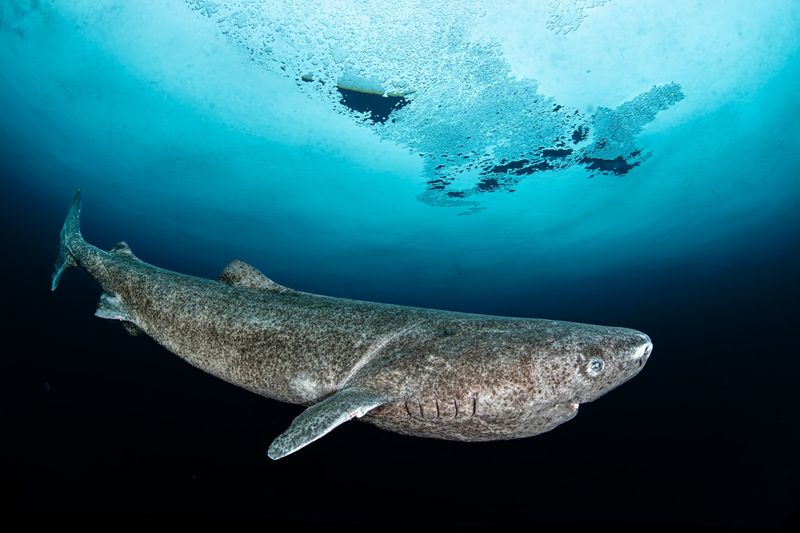
From medieval warming periods to the Little Ice Age, these hardy survivors have witnessed dramatic environmental shifts. Their adaptability has helped them thrive while countless other species disappeared.
Climate records locked in Arctic ice cores reveal the changing worlds these same individual sharks have experienced throughout their centuries-long lives.
11. Possibly Born Before The United States Existed
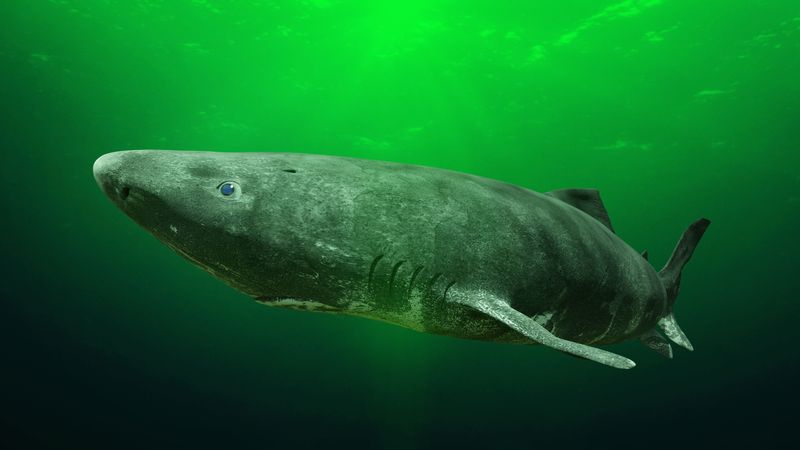
Swimming through history! The oldest confirmed Greenland sharks were gliding through Arctic waters when Benjamin Franklin was flying his kite. They witnessed the rise and fall of empires from beneath the waves.
When America’s founding fathers signed the Declaration of Independence in 1776, some of today’s living sharks were already over 150 years old.






